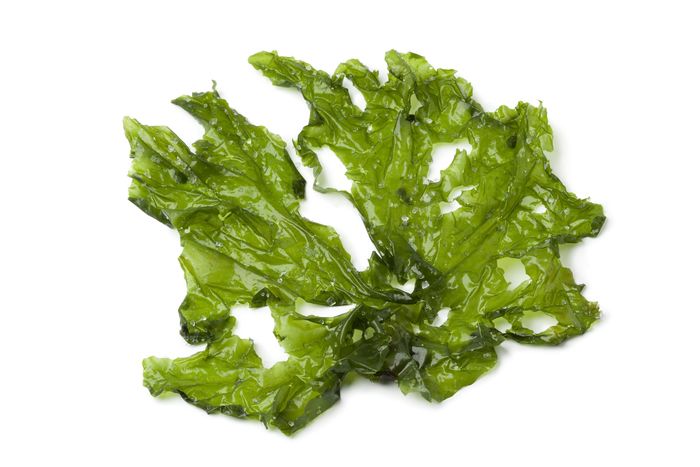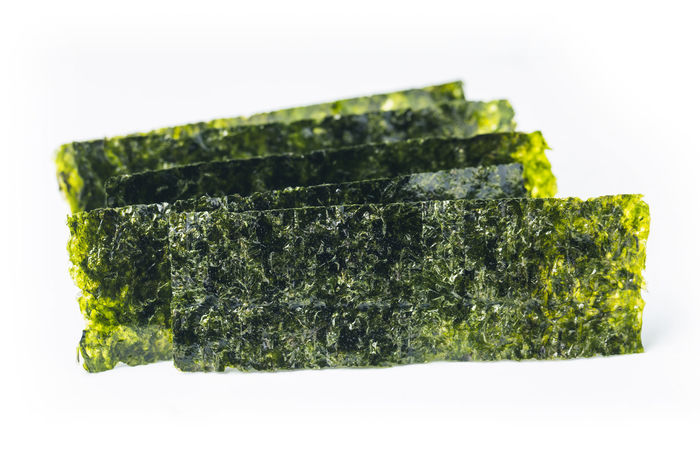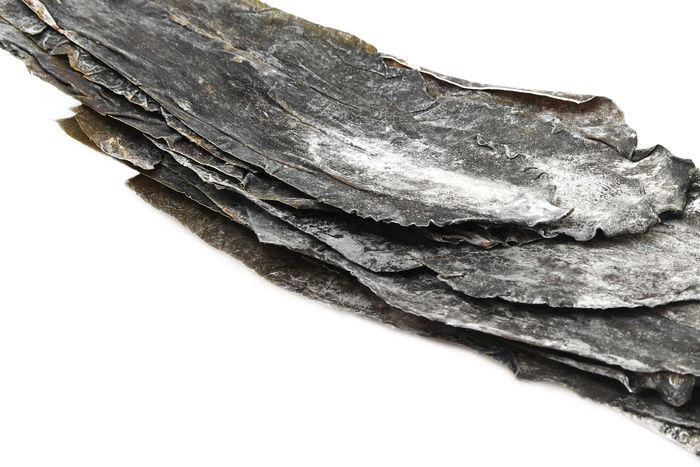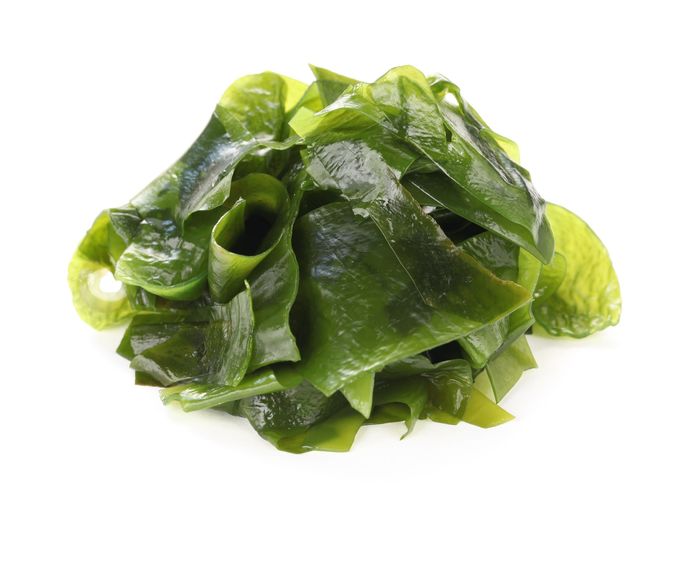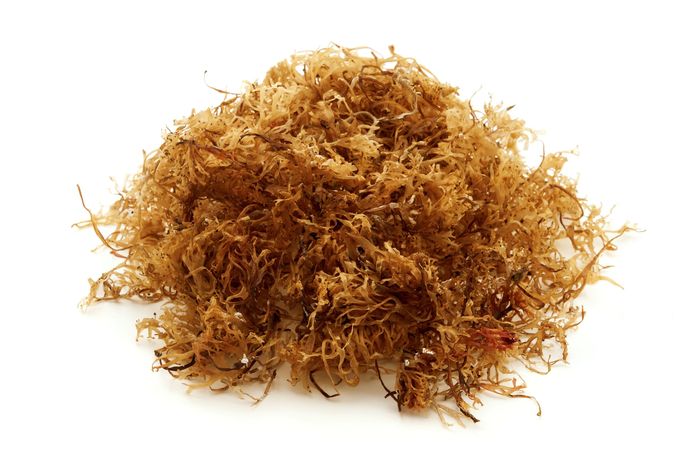Seaweed
Aquatic organisms, from microscopic to multicellular (seaweed) which form huge and visible colonies.
All algae are photoautotrophic.
To survive they need water and light, that is why they live in aquatic environments. Some are unicellular, as plankton and other pluricellular; all present chlorophyll, moreover, they have other pigments that hides it, that is why they can exist in many colours. Its length goes from just a few centimetres to various meters.
The main attraction of seaweed is its low caloric content and its high content in fibre and minerals, mainly calcium, magnesium, potassium, phosphorous, iodine, iron, zinc, copper, selenium, manganese, cobalt and sodium. Some varieties have high content in iodine while others, as agar seaweed contain just a little.
We can find them fresh, in salt, dehydrated, canned and powdered.
-
Type of dish
- Beers
- Cocktails
- Breakfasts and brunch
- Burguers
- Juices, milkshakes and beverages
- Shellfish
- Bread and pastries
- Pizzas, patty
- Dessert
- Pasta
- Sándwich
- Pastries
- Finger foods
- Ice creams and sorbets
- Legumes
- Salads
- Eggs
- Patty
- liqueur
- Harvard plate
- Main course
- Meats
- Fish
- Birds
- Vegetables
- Soups and creams
- Rices
- Coffee, chocolate and infusion
- Cheeses
- Appetizers and canapes
- Temperature
- Cuisine type
- Additional culinary preparation
- Conservation technique
- Seasonal recipes
-
- Aromatic herbs
- Beverages
- Big game hunt
- Bread and pastries
- Canned goods and pickles
- Cereals
- Condiments, spices and additives
- Cooked, salted, preserved and cold meats
- Dried fruits and nuts
- Dry pulses
- Edible oils and vinegars
- Eggs and derivatives
- Feathered game hunt
- Fish cuts
- Fishes
- Insects
- Kitchen and bakery tecniques
- Kitchen and bakery utensils
- Meat cuts
- Meats
- Milk, cream and derivatives
- Mushrooms
- Offal
- Pasta, rice, flour and derivatives
- Poultry
- Seafood
- Service techniques
- Service utensils
- Vegetables cuts
- Vegetables, fruits, tubers and seaweed

